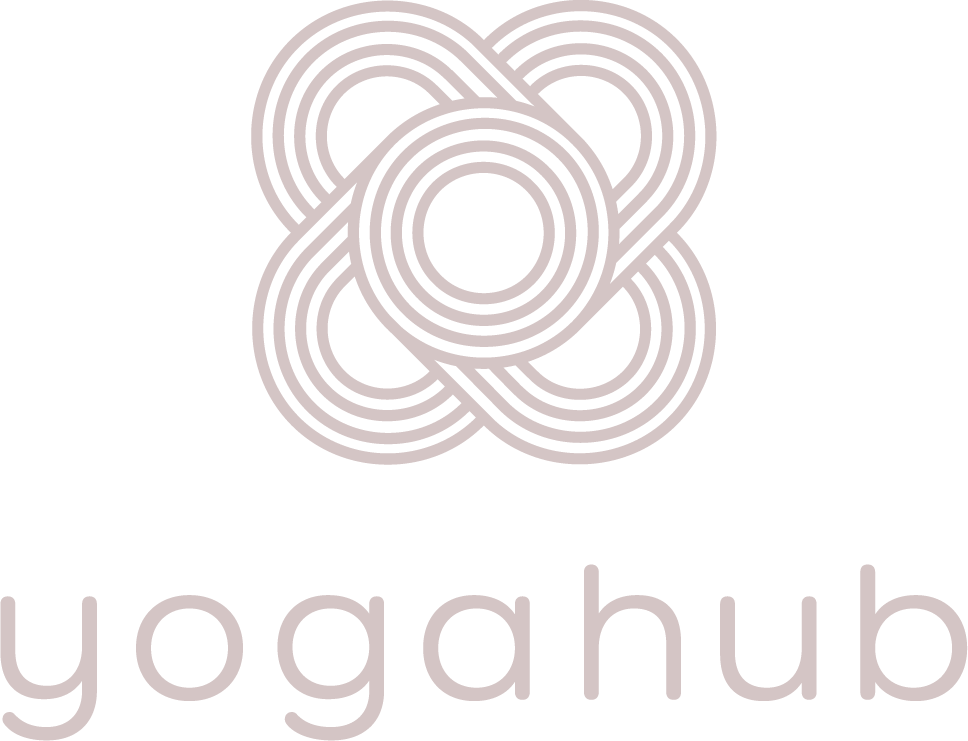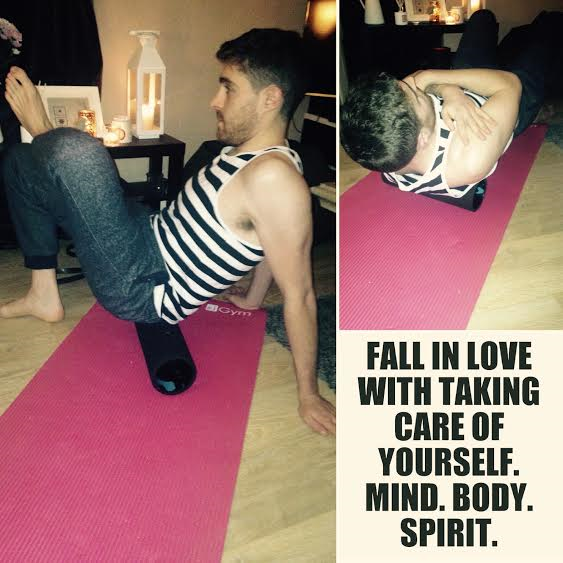Yoga: Day and Night
I’m currently attending four yoga classes a week at YogaHub as well performing a lot of practice at home. I’m also in the middle of the 200 Hour Yoga Teacher Training course at YogaHub which started in September. The reason I am mentioning the above is because I want to explain that my body is getting a lot of use and with that comes tight and tired muscles.
Yoga has and is becoming more and more beneficial to both my body and mind with the more that I do it but there are some extra tools I use in order to facilitate the progress within my physical body, in particle for muscle recovery. I have developed a helpful home routine to relax these muscles so that I continue with my daily practice and prevent injury.
Roll Out The Tightness

The above foam rollers and hockey ball are what I use to recover from my daily yoga sessions. I bought the foam roller on the left for €30 in Elverys but the one on the right is much more effective and I bought it for €20 off adverts.ie and plenty of similar rollers are still on adverts.ie for sale. You can grab a hockey ball for a few quid in any sports shop. These are the best massage therapists around and I guarantee they will aid with any muscular aches and pains you pick up from yoga or any other physical activities you are involved in.
How I Roll
I have followed various foam rolling classes on YouTube in the past and from these videos I have developed my own routine. With every rolling session I do at home, I usually roll my whole body with specific focus on the upper back and hips. If I find an extremely tight muscle I roll it with the foam roller at first and then I take the hockey ball to it by placing the hockey ball on the ground and rolling the muscle out. This is agony at first but if you stay working with a knotted muscle it will eventually give in and let go. Be patient!
Here are just a couple of foam rolling exercises to get you started:
1. Hip Flexors Release


You’ve heard the saying: it’s all in the hips, but for many of us, our hips – or more precisely, our hip flexors – can be tight. If you’re an office worker like myself then you can probably thank sitting down at your desk 8 or more hours a day for your tight hip flexors. Habitual sitting causes your hip flexors to tighten and shorten. With this in mind it is extremely beneficial to perform the above exercise with both a foam roller and a hockey ball if the muscles are not too sensitive. In order to perform the exercise, lie with the front of your hip on the foam roller and roll into the hip flexor until the muscle releases tension (as above). This can take a long time to release as the hip flexors can be extremely tight so take it slow. Repeat on both sides.
2. Thoracic Extension (Arms across chest)

Place the foam roller under your upper back and cross arms over your chest as demonstrated above. This can be performed with your knees bent and feet flat on the ground or with your legs flat on the ground.The exercise can further be progressed by placing arms over head or by rolling the foam roller backwards and forwards along the length of the upper back. This is excellent for releasing tension in the upper back. If you find extra sensitive spots you can roll into them until they calm.
3. Glute Release

Tight glutes can be the cause of a lot of pain elsewhere in the body, specifically in the knees and the lower back. Foam rolling the glutes can release these areas of tension (trigger points), allowing for pain-free movement. If you have sciatic pain, this foam rolling exercise is a must.
To begin, sit with one leg crossed over other while sitting on top of the foam roller. You should almost be sitting directly on top of the foam roller with the roller at the top of your glute muscle towards your lower back. Lean slightly towards the leg you’re working. Roll your way down. The entire movement is not more than a few inches, so be careful not to fall off. Repeat on both sides.
Conclusion
I’ve have spent a lot of money in the past on deep tissue massages but with around ten minutes foam rolling each day, you can get similar results. Keep in mind that foam rolling can be a bit painful if you are especially tight. If you just commit to doing a little each day, you will soon notice a difference in how you feel.
If you are really interested in learning more about foam rolling certain areas YouTube is an excellent source to learn how to release trigger points within all of the muscle groups.
Thank you so much for reading.
Namaste classy folks 🙂.
Happy, determined, positive and focused healing to you all.
Follow me for more regular updates on;
Facebook (https://facebook.com/assmovement)
Instagram (https://instagram.com/theassmovement)



